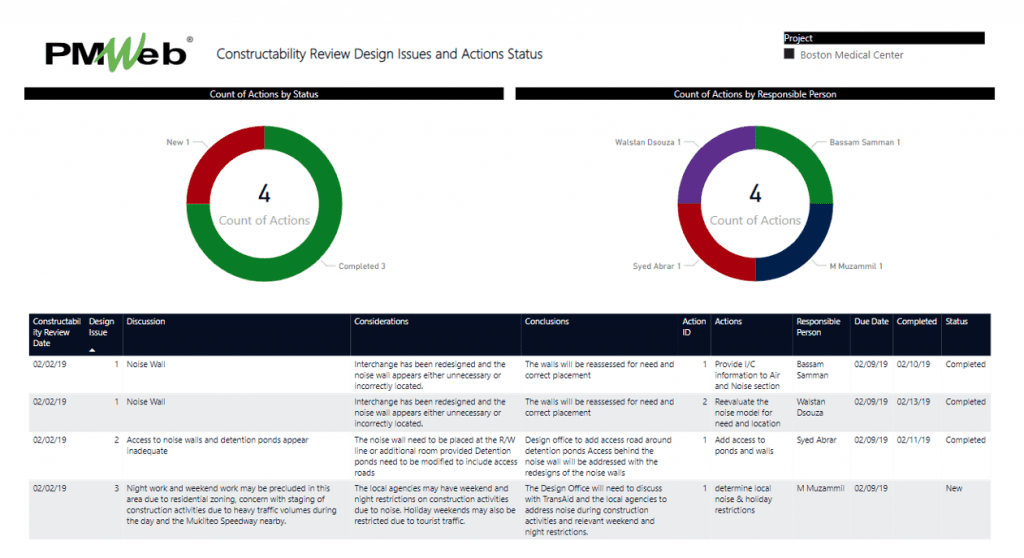Most engineering consultants have limited experience in how a project gets built compared to contractors nor to bid for a construction project. The drawings and specifications prepared by the engineering consultant are for the contractors to review and interpret, which could be different than the intent of the engineering consultant, thus increasing the likelihood of directive and constructive changes, claims and disputes. Therefore, it is highly recommended to perform the Biddability and Constructability Review Process to ensure a cost-effective design that is biddable, buildable, and maintainable.
Constructability Review is a formalized process that utilizes a team with extensive construction knowledge to ensure that a design is buildable while also cost-effective, biddable, and maintainable, with reduced overruns and delays. A Constructability Review is to be conducted separate from and independent of the design team. The scope of Constructability Review is to be flexible to suit the individual project requirements.
Biddability Review is a review of contract documents to identify errors, omissions and conflicts in plans, specifications, quantities, work items/activities, operational constraints and appropriate basis of payment. Biddability Review is part of Constructability Review process.
There could be one or more Constructability Reviews during the development of design depending on the project’s complexity and size. Many of the organizations that are implementing constructability reviews have created predefined checklists for what need to be analyzed and reviewed during those reviews. For example, the United States Army Corps of Engineers (USACE) created the “BCOE” checklist which to set the minimum set of guidelines for biddability, constructability, operability, and environmental review.
Using Project Management Information Systems (PMIS) like PMWeb, those constructability and buildability reviews checklists can be created to fulfill the analysis requirements for those reviews. PMWeb form builder module will be used to create those checklists for which against each item there will be confirmation that is done and remarks provided by the reviewers. Those checklists can be separated into multiple tables if this is a requirement.


The attachment tab for both forms, Constructability Review Checklist and Design Issue, will be used to upload, store and attach all relevant project documents such as drawings and specifications. In addition, it will be used to link relevant PMWeb records and imported emails to those two forms.

The workflow tab will be used to submit, review, approve and final approve the workflow process assigned to each one of those two forms. The workflow will enforce accountability and timely review by the involved project team members.

The design issues register will include a table that will detail the status of all raised design issues along with relevant information. The register will include visuals to detail the status of those actions that need to be taken to resolve the design issues and the count of actions assigned to each project team member.




